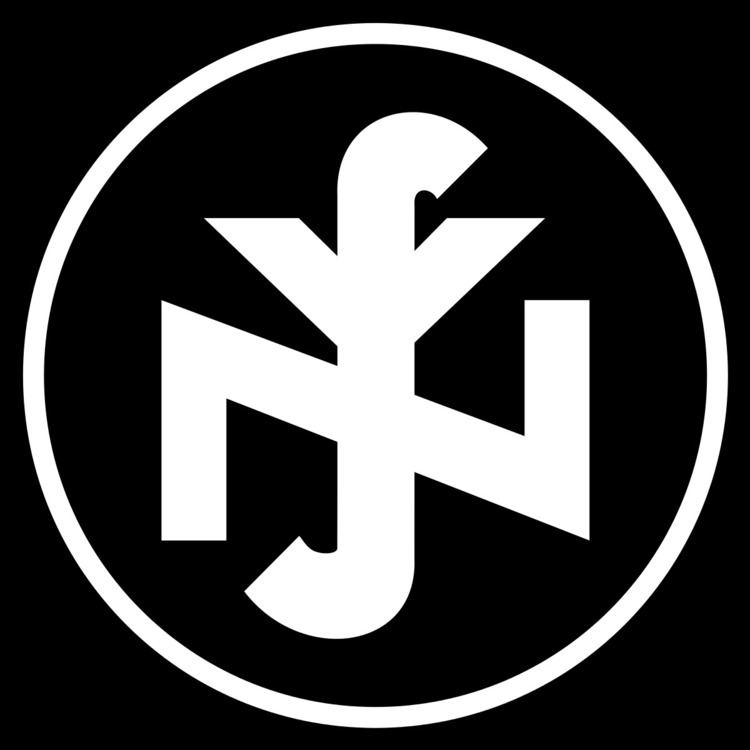 | ||
The Nationalsozialistische Volkswohlfahrt (NSV), meaning "National Socialist People's Welfare", was a social welfare organization during the Third Reich. The NSV was established in 1933, shortly after the NSDAP took power in Germany. Its seat was in Berlin.
The structure of the NSV was based on the Nazi Party model, with local, county (Kreis) and group administrations.
Erich Hilgenfeldt, who worked as office head at the NSV, organized a charity drive to celebrate Hitler's Birthday on April 20, 1931. Following this move Joseph Goebbels named him the leader of the NSV. The NSV became established as the single Nazi Party welfare organ in May 1933. On 21 September in the same year Hilgenfeldt was appointed as Reich Commissioner for the Winterhilfswerk (Winter Support Programme). Under Hilgenfeldt the programme was massively expanded, so that the régime deemed it worthy to be called the "greatest social institution in the world." One method of expansion was to absorb, or in NSDAP parlance coordinate, already existing but non-Nazi charity organizations. NSV was the second largest Nazi group organization by 1939, second only to the German Labor Front.
With 17 million Germans receiving assistance under the auspices of National Socialist People’s Welfare (NSV) by 1939, the agency “projected a powerful image of caring and support.” The National Socialists provided a plethora of social welfare programs under the Nazi concept of Volksgemeinschaft which promoted the collectivity of a “people’s community” where citizens would sacrifice themselves for the greater good. The NSV operated “8,000 day-nurseries” by 1939, and funded holiday homes for mothers, distributed additional food for large families, and was involved with a “wide variety of other facilities.”
The Nazi social welfare provisions included old age insurance, rent supplements, unemployment and disability benefits, old-age homes, interest-free loans for married couples, along with healthcare insurance, which was not decreed mandatory until 1941 One of the NSV branches, the Office of Institutional and Special Welfare, was responsible “for travellers’ aid at railway stations; relief for ex-convicts; ‘support’ for re-migrants from abroad; assistance for the physically disabled, hard-of-hearing, deaf, mute, and blind; relief for the elderly, homeless and alcoholics; and the fight against illicit drugs and epidemics.” The Office of Youth Relief, which had 30,000 branch offices by 1941, took the job of supervising “social workers, corrective training, mediation assistance,” and dealing with judicial authorities to prevent juvenile delinquency.
One of the NSV's premier activities was Winter Relief of the German People, which coordinated an annual drive to collect charity for the poor under the slogan: “None shall starve or freeze.” These social welfare programs represented a Hitlerian endeavor to lift the community above the individual while promoting the wellbeing of all bona fide citizens. As Hitler told a reporter in 1934, he was determined to give Germans “the highest possible standard of living.”
During World War II, the NSV took over more and more governmental responsibilities, especially in the fields of child and youth labor.
In a social engineering effort, the NSV often refused to provide aid to Jews since they didn't belong to the German 'People's community.'
After Nazi Germany's defeat in World War II, the American Military Government issued a special law outlawing the Nazi party and all of its branches. Known as "Law number five", this Denazification decree disbanded the NSV, like all organizations linked to the Nazi Party. The social welfare organizations had to be established anew during the postwar reconstruction of both West and East Germany.
